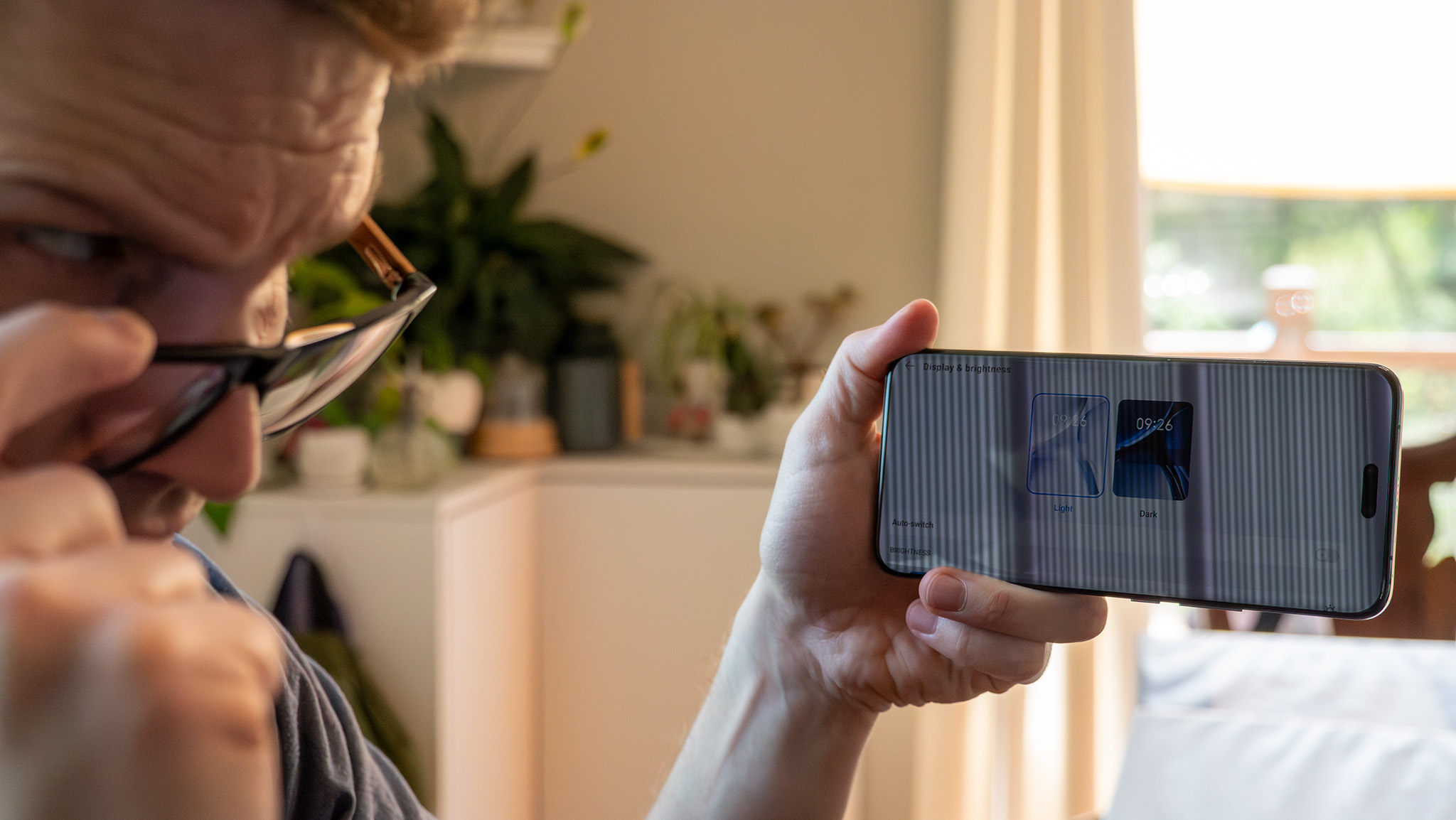In the world of displays, it's often said that the faster the refresh rate, the better. In recent years, his 120Hz displays have been widely adopted in smartphones, while his 360Hz and higher monitors have appeared on the market in the PC gaming field. However, the visible refresh rate isn't the only refresh rate you need to pay attention to.
Honor Magic 6 Pro was recently launched with his PWM refresh rate of 4,320 Hz, surpassing the previous record set by Honor with Honor 90 and Honor Magic 5 Pro last summer. This number becomes increasingly important as ultra-bright phone displays become more common, helping reduce eye strain when using these phones in bed at night.
But even as more companies announce higher PWM refresh rates, few are willing to talk about the technology behind the glass. While it's good to see the spotlight on an issue that could affect millions of smartphone users, it's also frustrating to see the lack of transparency from the companies behind the push for change.
The term industrial espionage is used for good reason. Companies that develop complex, profitable products don't want to share their secrets with the world so they can be easily copied. In an age where products are duplicated on production lines and sold under random brand names on Amazon, this problem is made ten times worse.
In the past two years alone, the display market has seen significant competition from companies such as BOE, China Star, and Visionox, names you may have never heard of before reading this article. Until these companies came along, his OLED panel on his favorite device was almost certainly made by Samsung or LG.
However, Samsung's dominance in the AMOLED market meant that decisions made by the company ultimately affected companies that used his Samsung displays in their products. As anyone sensitive to PWM will tell you, Samsung AMOLED panels are the worst type of display for eye health.
Ironically, the best cell phones for PWM-sensitive people don't have Samsung displays. That's because some of Samsung's biggest features rely on screen flickering to trick the eye into seeing things that aren't really there, and it wreaks havoc on some people's brains, including mine. Because it causes it.
This is one of the reasons I was so excited to use the Honor Magic 6 Pro. Its PWM rate is 10 times the refresh rate of the Galaxy S24 series, ensuring it can be used for a longer period of time. .
While this is great and means you can finally have a phone with a comfortable display and a great camera, the way Honor achieves these high rates is anything but traditional. it's different. The bottom line is that this won't work for everyone.


0 Comments
Post a Comment